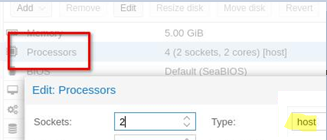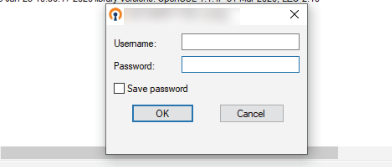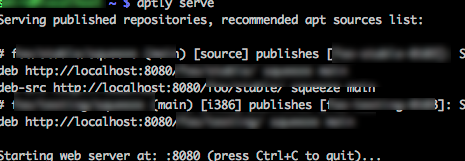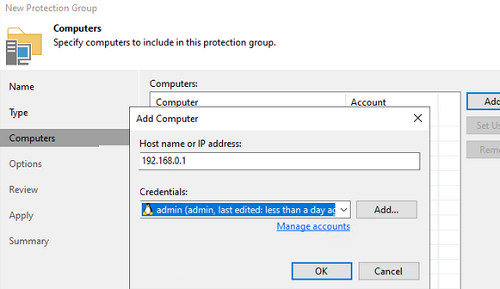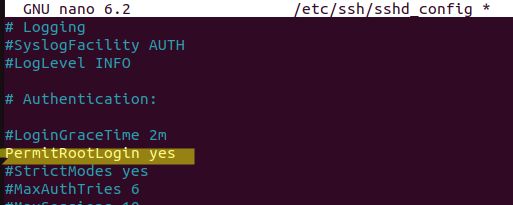Nested virtualization allows you to run other hypervisors in a virtual machine. In this article, we will look at how to enable nested virtualization in Proxmox VE for Intel and AMD processors.
Continue reading “Enable Nested Virtualization in Proxmox Virtual Machine”

